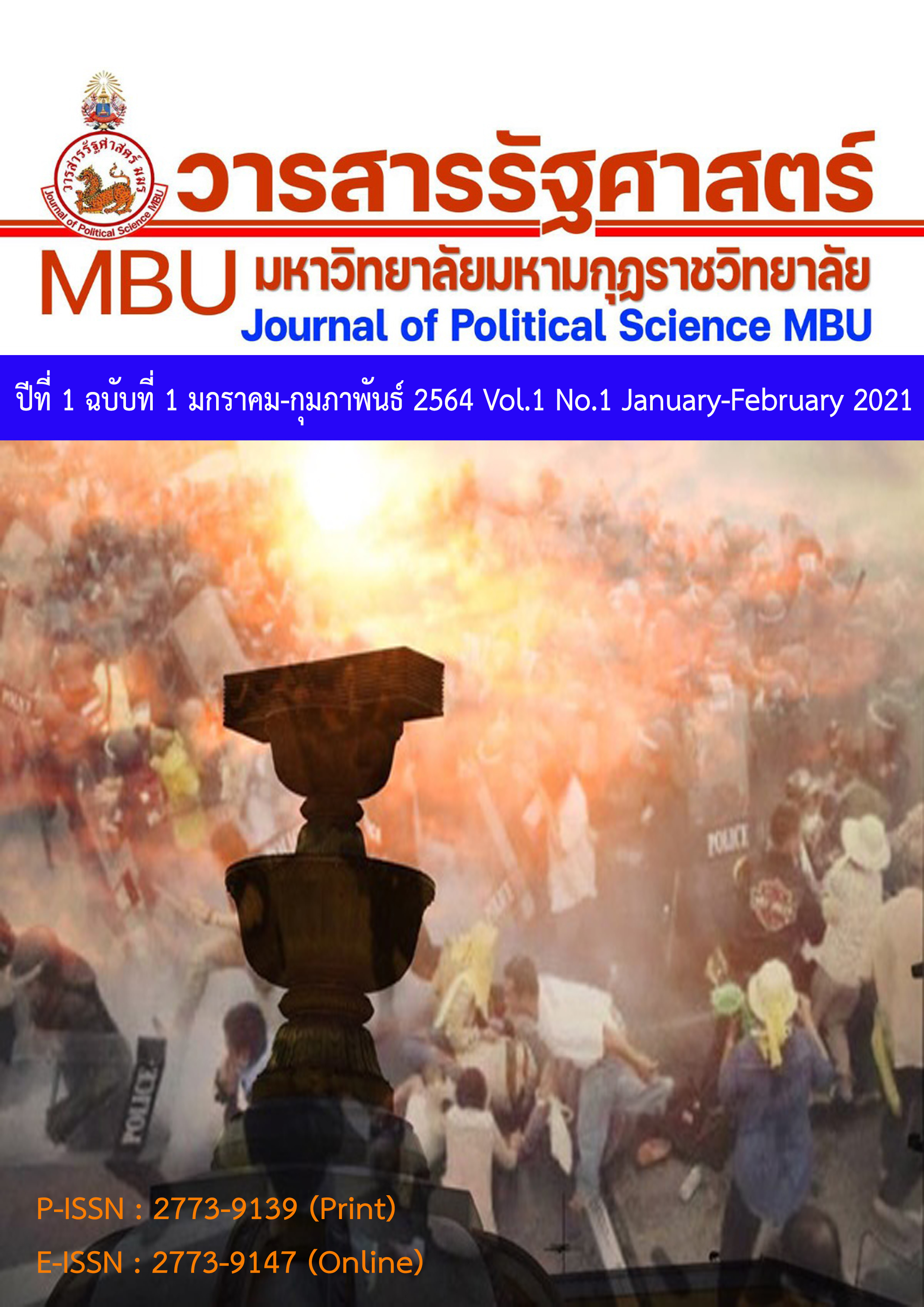FACTORS ASSOCIATED WITH EMPLOYEE’S ORGANIZATIONAL COMMITMENT IN NATIONAL RESEARCH COUNCIL OF THAILAND (NRCT)
Main Article Content
Abstract
The purposes of this study were 1) to determine the level of organizational commitment of employees in National Research Council of Thailand; 2) to determine the level of work of employees in National Research Council of Thailand; 3) to examine the relationship between work motivation and the organization commitment of employees in National Research Council of Thailand and 4) to compare the organizational commitment of employees in National Research Council of Thailand based on personal factors. This study used survey research method. The samples of the study were 207 employees in National Research Council of Thailand. Proportional stratified random sampling was utilized based on job positions. Data collection tool was questionnaire. Data were analyzed by a statistical software. The statistics used in the analysis were frequency distribution, percentage, mean, standard deviation t-test, F-test and Pearson's Correlation Coefficient. The results of the study found that overall the employees in National Research Council of Thailand had the high level of organizational commitment. When considering each aspect, it was found that the willingness to devote efforts for the success of the organization was the highest level, followed by strong confidence and readiness to accept the goals and values of the organization and the strong desire to maintain the membership of the organization The level of work motivation was the high level When considering each aspect, it was found that the relationship with peers was the highest level, personal life factors was at the lowest level. The work motivation factor was highly positively correlated with organizational commitment. Moreover, the results showed that job characteristic was most positively correlated with organizational commitment, followed by recognition factor. and responsibility factors, respectively.
Article Details

This work is licensed under a Creative Commons Attribution-NonCommercial-NoDerivatives 4.0 International License.


